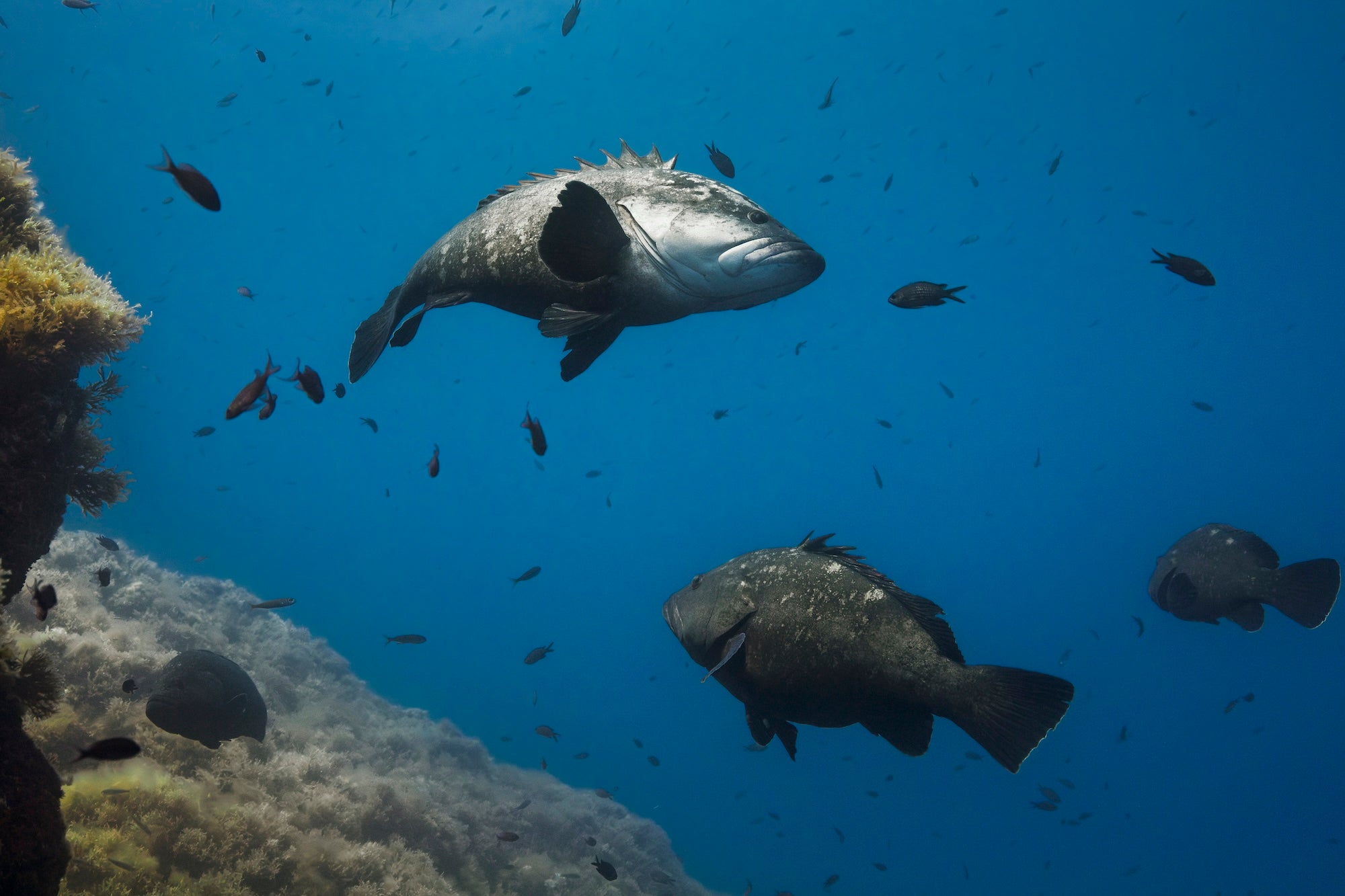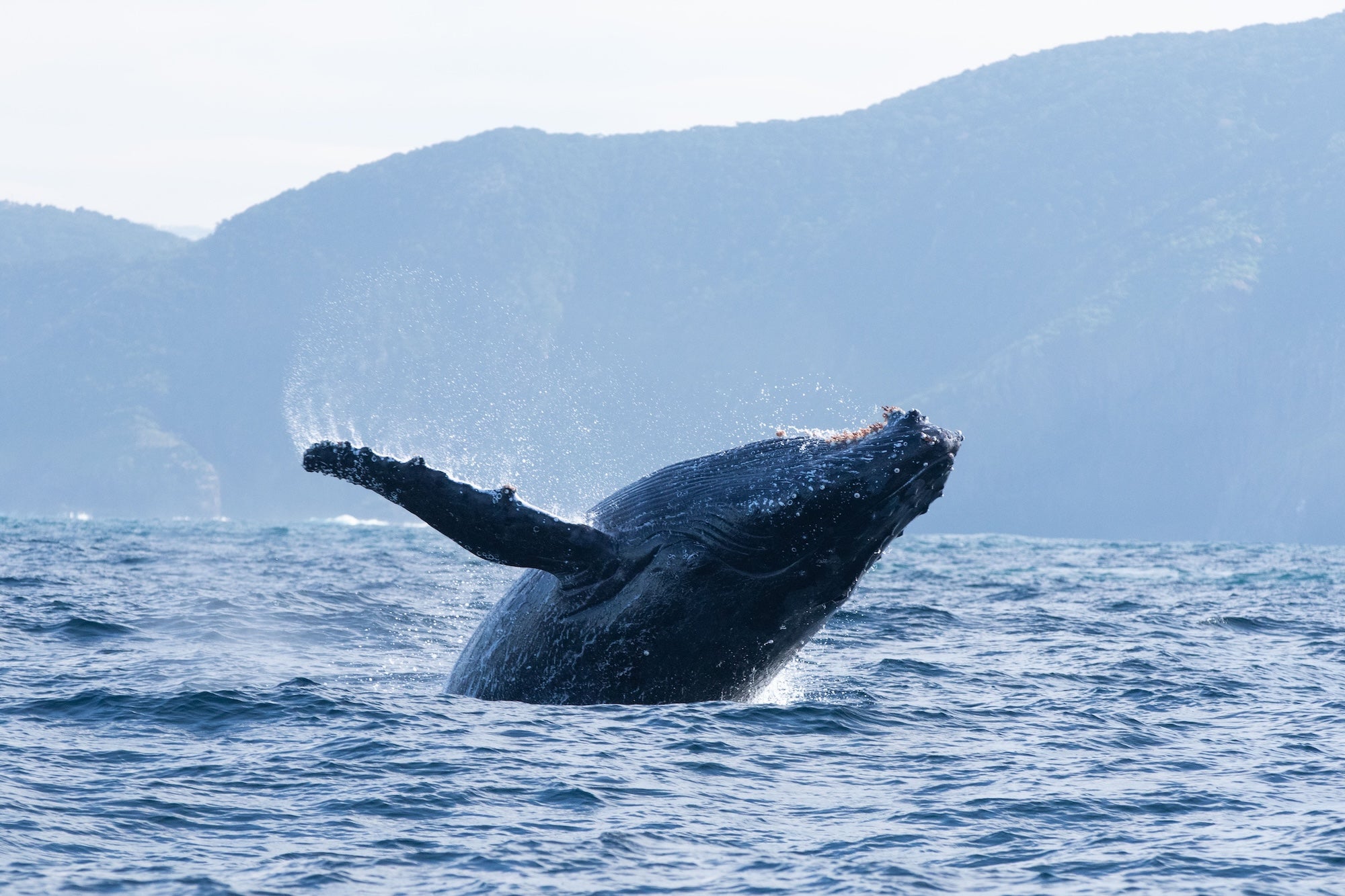20 facts you need to know from Ocean with David Attenborough
The new feature film Ocean with David Attenborough, co-produced by Arksen and 10% for the Ocean, puts a new light on the importance of the ocean. Beneath the deep blue lies a world of wonder – but also a world that helps protect life on Earth.
In the film, Attenborough states: “Visible only in our imagination for hundreds of thousands of years, only now are we discovering what our ocean means for our world. What we have found could change the course of our future. Forever.”
The film explores the importance of the ocean, the destruction it currently faces from human activity, and the potential for its recovery, if it is simply protected and left alone to thrive for generations to come.
Here are some of the key facts you should know…

The importance of the ocean
The world has been explored for Millenia, yet it is only in the last 60 years, since the invention of scuba gear, that humans have been able to truly discover what lies beneath the shimmering surface of the sea….
The ocean floor contains more than 40,000 sea mounts which are vital for ocean migrations, acting as the start or end points or as ‘pit stop’ locations en-route
Sea forests border a quarter of the world’s coasts and include giant kelp, the tallest living thing in the ocean and home to a high-rise community of sea life
Ocean jungles and meadows absorb far more carbon than the same area of rainforest on land – and together they could help us avoid climate disaster
Corals are animals but have plant-like algae living in their bodies that use sunlight to produce the food the corals need to survive and build stone castles around them for protection.
There are around 2,000 new marine species being discovered every year – from coral crunchers and grazers to helpers and hunters
Ocean plankton remove almost a third of our carbon emissions, produce half the air we breathe (more than all the trees on Earth) and provide energy for almost every food chain in the sea

The damage being done to the ocean
The growth of massive industries that are reliant on the sea – most notably fishing – has caused unimaginable destruction to the sub-sea environment. This in turn has catastrophic consequences for all the animals in the sea, from zooplankton to the great Blue Whale…
An area almost the size of the entire Amazon rainforest is trawled every year – and much of that sea bed is ploughed over and over again
The trails of sediment from bottom trawling can be seen on the sea surface from space – and this process unleashes vast amounts of CO2, contributing to the warming of the planet
Global governments subsidise this process, spending around 20 billion dollars every year supporting overfishing on an industrial scale
Human activity has now killed two thirds of all large predatory fish, including lines of baited hooks 50 miles long that reel in millions of sharks every year
Trawler fishing is an extremely inefficient process due to the by-catch of species that are not required and not kept – meaning more than three quarters of a catch may be thrown away
Three billion people rely on the oceans for food through coastal fishing – yet there are now 400,000 industrial vessels taking huge volumes of fish from every corner of the ocean
Fish populations in the Mediterranean have almost completely collapsed, with estimates suggesting they have reduced by one third
Antarctic trawlers suck 100s of 1,000s of tonnes of krill into vast nets which is then boiled and processed for fish farms, health supplements and pet food, all onboard ship
A recent coral bleaching event, caused by global heating, damaged huge regions of coral around the world and nearly all coral reefs are predicted to disappear in the next 30 years
Less than three percent of the ocean is protected – and many of the Marine Protected Areas that do exist are not policed well and are exploited using destructive forms of fishing

Ocean recovery
“You could be forgiven for thinking there is no hope left at all, but there is,” Attenborough says in the film. In some places around the world, strict protection has allowed life to thrive – creating overwhelming benefits not just for the ocean but also for those who fish…
Scientists say at least third of the ocean must be fully protected – for the most part along our heavily fished coastlines – to save the ocean from collapse
Papahanumokuakea, a Marine National Monument in the Northwestern Hawaiian Islands, is the largest protected area on the planet, on land or in the sea
If located and sized correctly, Marine Protected Areas (MPAs) can even be big enough to help fish species that migrate over long areas
The creation of Marine Protected Areas allows the entire food chain to recover, with a wealth of species then spilling out and improving fishing beyond the protected zone
The film was produced with the aim of generating momentum to back the development of these vital Marine Protected Areas and Attenborough concludes: “If we just let nature take its course, the sea will save itself.”
